If you love animals and the natural world, you’ll surely want some animal encounters on your travel bucket list? From swimming with piglets in the warm Bahamas sea to learning to drive a husky-powered dogsled in Iceland, our ten amazing animal encounters are not only special, but 100% ethical too.
1
Swim with pigs at Pig Beach in the Bahamas
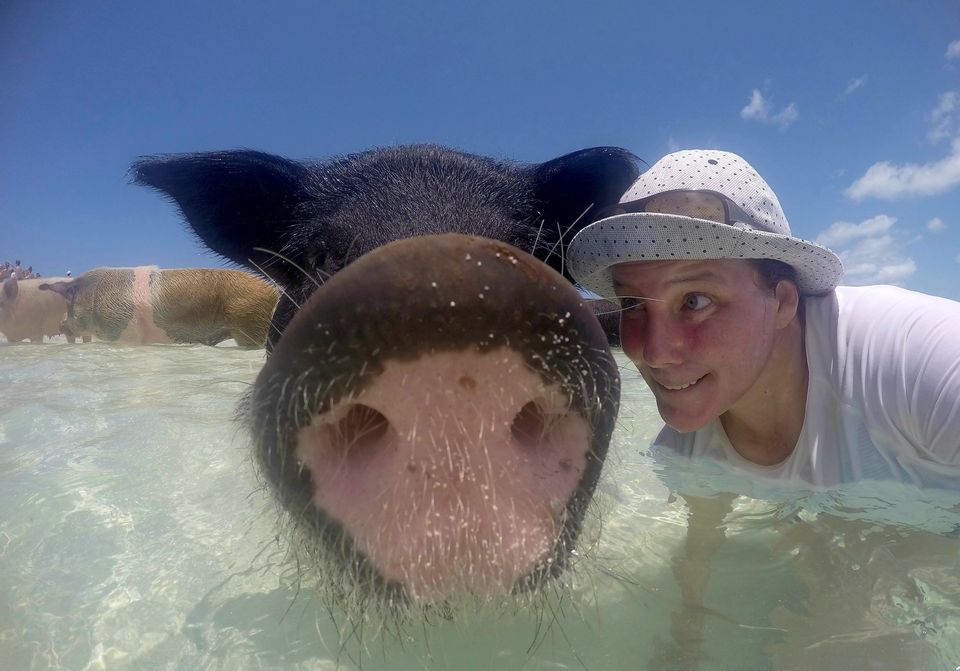
Puppa Fromm / EyeEm via Getty Images
We know pigs can’t fly, but did you know they can swim? At least, the ones on Exuma in the Bahamas do. On the aptly-named Pig Beach, a resident herd of around 20 pigs and their piglets go beachcombing along the soft white sand and trot off for regular dips in the warm azure waters. No one really knows how they originally arrived – perhaps escaping from shipwrecks, or introduced by seafarers. You can join the pigs for their daily dips by taking a boat tour – they’ll swim out to greet you.
2
Go dog sledding in Iceland
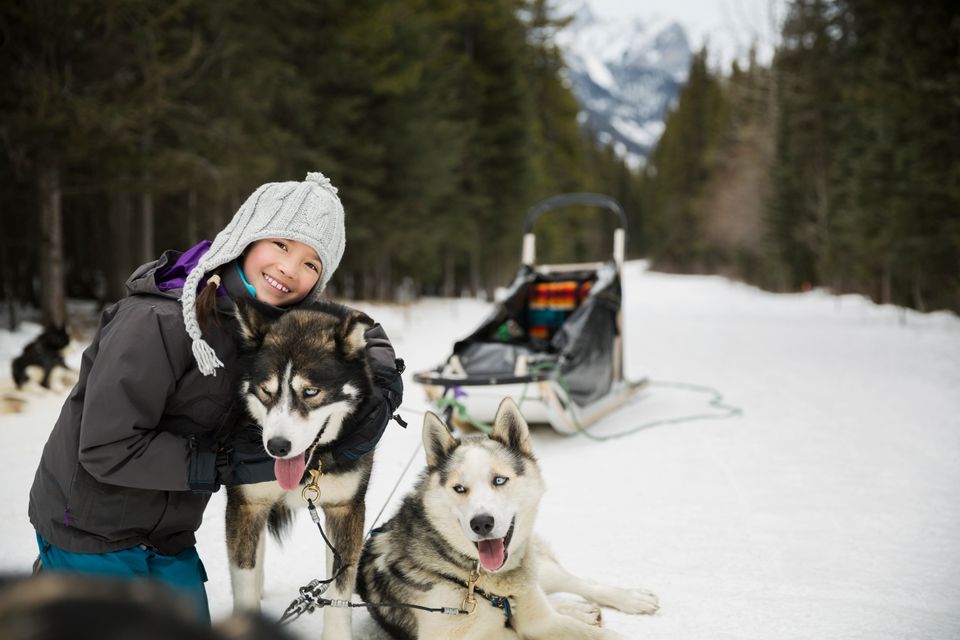
Hero Images via Getty Images
Are you up for an adrenaline rush with a joyous pack of beautiful huskies that just love snow and pulling together as a team? Dog sledding through Iceland’s stunning volcanic scenery is a zero-pollution, life-enhancing experience for all ages. With just the sounds of your sled swooshing across snow and the panting of eager dogs on a mission, you’ll feel at one with nature as you race through the magnificent landscapes.
3
Stroke a grey whale in Baja, Mexico

Ralph Lee Hopkins via Getty Images
Would you like to tickle a baby grey whale under its chin?Off the coast of Baja, in Mexico, between February and April, grey whales congregate to socialise, mate and give birth to their calves. They’re not shy - they positively seek human company, swimming alongside boats, mischievously nudging, pushing and even gently lifting them out of the water and back down again. The whales, especially the playful young calves, love being scratched and stroked by humans. And if you’re not tickling them enough, they’ll go off to another boatload of whale watchers who will.
Advertisement
4
Bath an elephant in Chaing Mai, Thailand
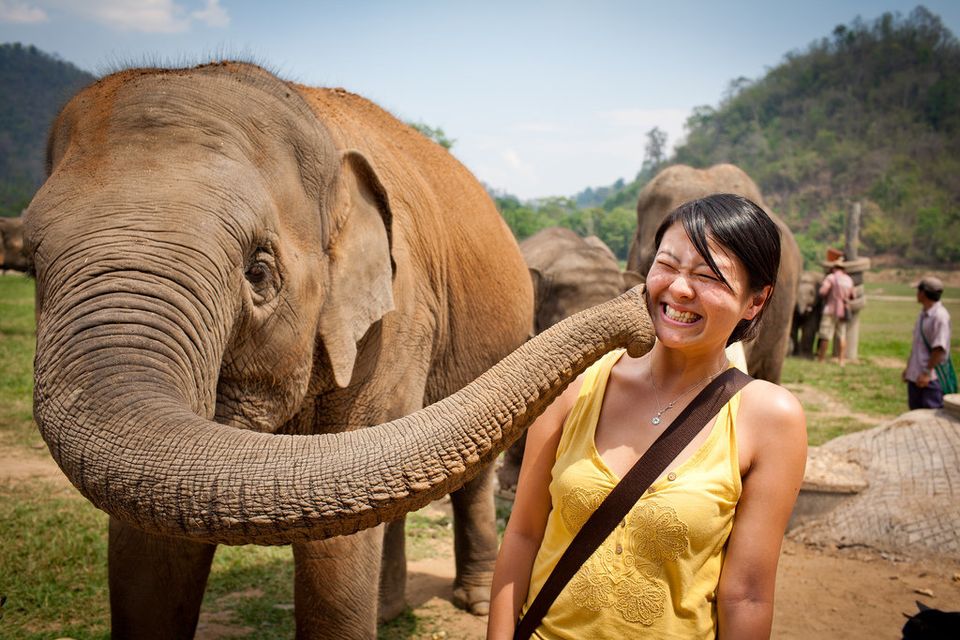
Would you like to bath a rescue elephant? Support the work of rescues such as Elephant Nature Park in Chiang Mai, Thailand by taking a day or more volunteering to help feed, walk and bath their elephants in the river. Rescued from neglect and abuse in the tourism industry and logging camps, the adult elephants and mischievous youngsters form family groups and behave naturally as they would in the wild. You’ll find other rescue animals - dogs, cats and buffalo in and around the park too.
5
Help a leatherback turtle hatchling find the sea in Limón, Costa Rica
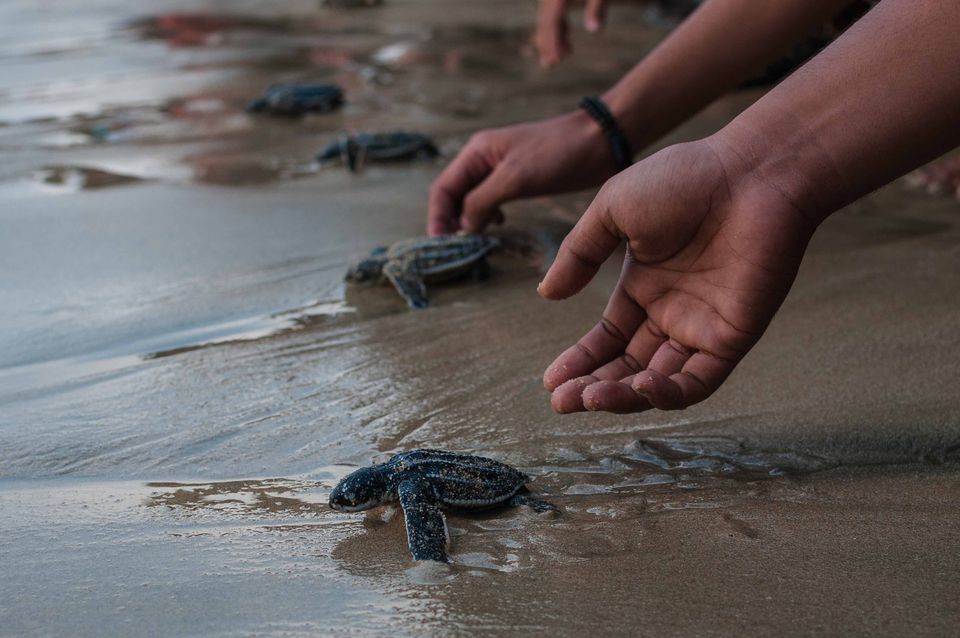
Sijori Images / EyeEm via Getty Images
Would you like to help leatherback turtle hatchlings safely into the sea? Between March and July, huge leatherback turtles haul themselves onto the beach in The Gandoca-Manzanillo Wildlife Refuge in Costa Rica to lay their eggs in the sand. About 60 days later, the tiny vulnerable hatchlings dig themselves out and head towards the ocean. You can volunteer for a variety of hands-on projects: measuring turtles, patrolling the beach at night, protecting the nest sites from poachers, collecting eggs for hatching and even helping the tiny emerged hatchlings safely into the water.
6
Roam with the bunnies on Rabbit Island, Japan

Can you imagine an island where bunnies run wild and free? Dogs and cats are banned on the popular tourist resort of Okunoshima, or Rabbit Island in Japan, allowing thousands of resident rabbits to roam safely in the forests and pathways. These bunnies are incredibly tame and come running at the sound of a rustling food packet. A fluffier tourist attraction than Okunoshima’s Poison Gas Museum, no one is really sure how they arrived on the island, but they are loved and live a charmed life.
Advertisement
7
Come face to face with a Bengal tiger in Rajasthan, India
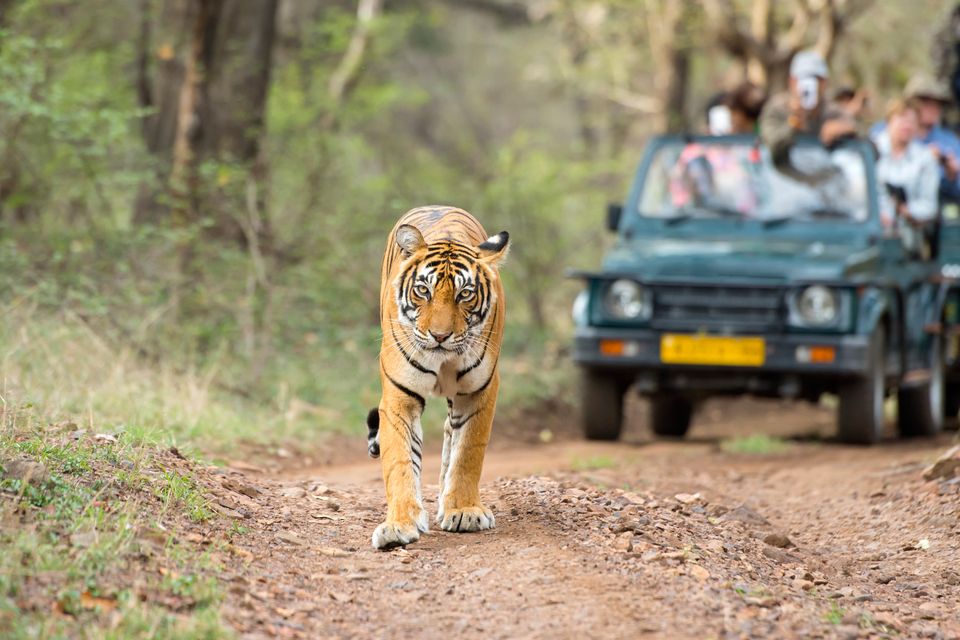
guenterguni via Getty Images
Would you like to come face to face with a real-life Shere Khan? The best place to see wild Bengal tigers is in the Ranthambhore National Park in Rajasthan, formerly the Maharaja of Jaipur’s hunting ground. Join a morning or evening safari – you may be lucky enough to catch a glimpse of a tiger relaxing among the UNESCO-listed ruins of the park’s Ranthambore Fort. There are plenty of equally iconic Indian animals to encounter in Ranthambhore – leopards, sloth bears, striped hyenas, mongooses, pythons and cobras.
8
Watch the fruit bat migration in Kasanka National Park, Zambia
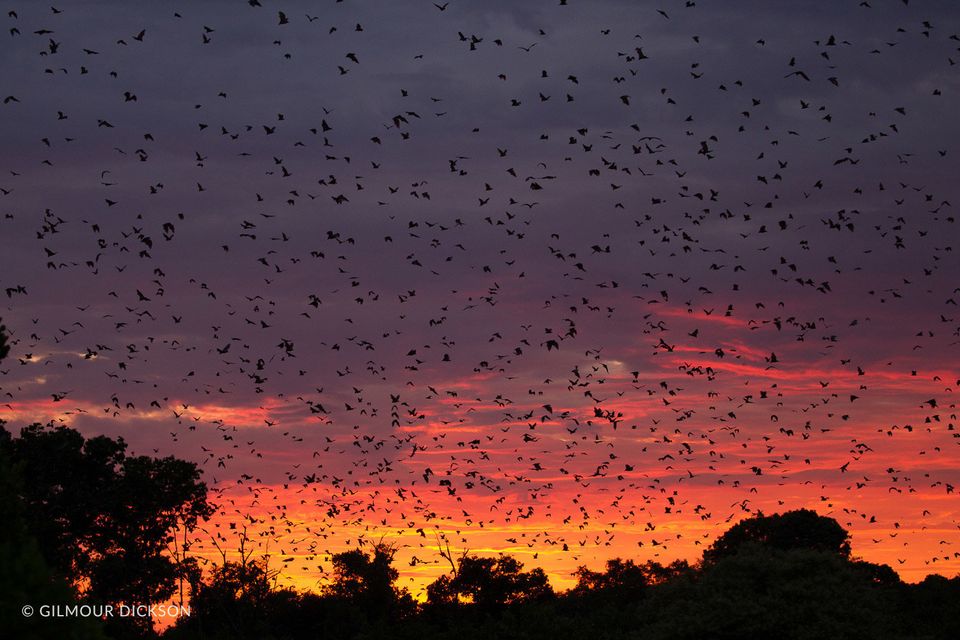
Want to witness the largest mammal migration on earth? Wildebeest? Zebra? Reindeer? No – the largest mammal migration on earth occurs between October and December when 10 million straw-coloured fruit bats descend on the swamp forest in Zambia’s Kasanka National Park. Each sunrise and sunset, the skies darken with millions of bats leaving and returning to the bat forest. Considering each bat has a wingspan of up to one metre, it’s a jaw-dropping natural spectacle fit for anyone’s bucket list.
9
Spot resting migratory birds in Jordan
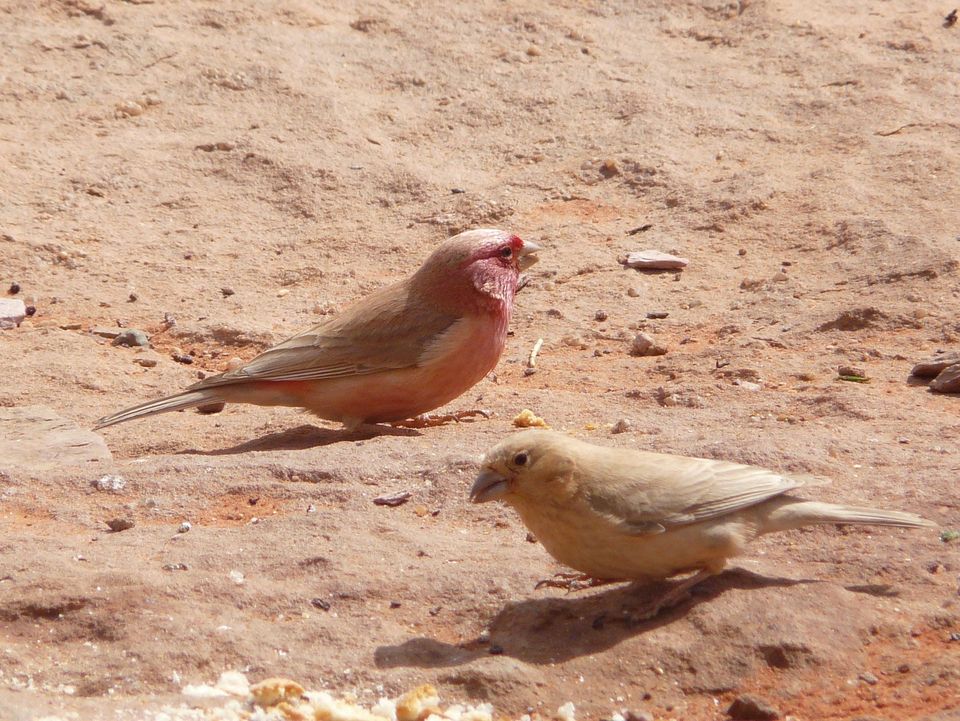
What kinds of birds would you expect to see in the desert? You wouldn’t immediately think of deserty Jordan as a world-class place to observe extraordinary birdlife, yet in March and September it’s a vital stopping-off point for birds migrating between Europe and western Asia, as they skirt the coasts to avoid flying over water. At the Aqaba Birdwatching Observatory and the Azraq Wetland Reserve and their environs you can expect to see hoopoes, jays, Syrian woodpeckers, owls, crows, nightjars and thousands of waders, in the company of knowledgeable local guides. You may even spot Jordan’s national bird, the Sinai rosefinch, hopping about the rocky scrub.
Advertisement
10
Track wolves at the Yellowstone National Park, USA
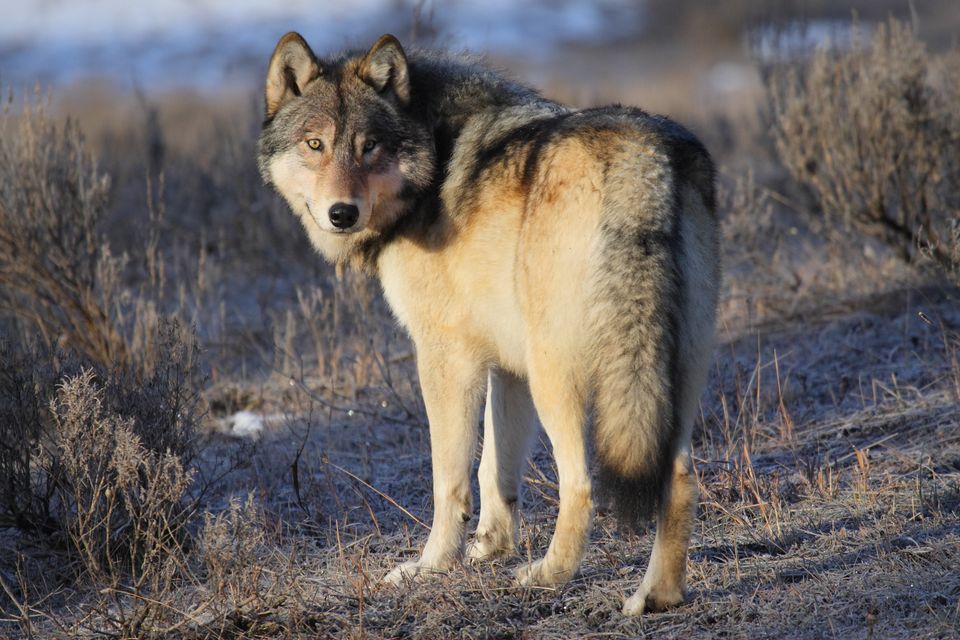
NathanHobbs via Getty Images
The northern ranges of Yellowstone Park on the Wyoming borders are one of the best places in the world to spot wild wolves. Reintroduced to the park in the 1990s, there are now around 400 wolves, each making its top predator contribution to the delicate ecosystem. You may be lucky enough to stumble across wolves in this quieter area of the park, but your best chance of observing them properly is on a five-day tracking expedition with an expert wolf guide. You may find wolf footprints, the remains of a kill, some shadowy figures slinking among the trees, and maybe even a whole pack resting before their night-time hunt. And most spine-tingling of all, you may hear a pack’s howls echoing across the valleys at nightfall.